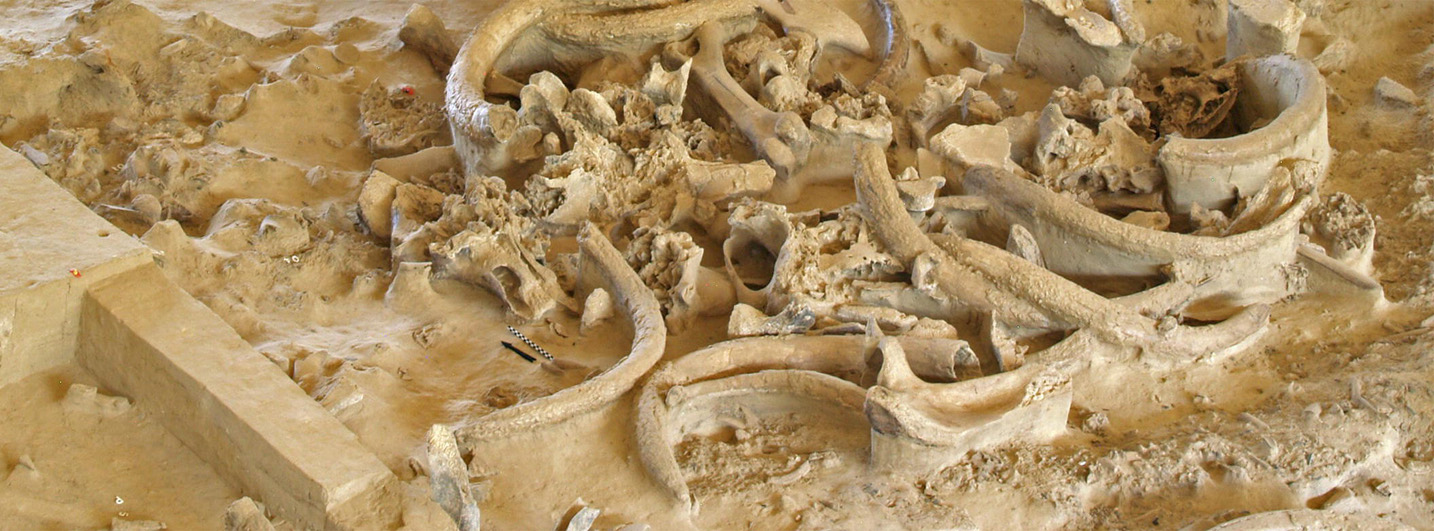
by François Djindjian
The International Union of Prehistoric and Protohistoric Sciences (Union Internationale des Sciences Préhistoriques et Protohistoriques – UISPP) was founded in 1931, in Berne, with the mission to promote the collaboration of scholars from all countries through initiatives that may contribute for the advancement of prehistoric and protohistoric sciences.
In order to secure the promotion of pluri-disciplinary and inter-institutional collaborations, in the 1970s specialised regional and thematic scientific commissions were instituted. Commission IV “Archaeological Methods and Theory” was created in 1976, during the IX UISPP International Congress held at Nice, France, with the aim of promoting research in the field of formal models of archaeological reasoning and applications of mathematics and computers to archaeology.
Commission IV brings together all the disciplines and specialties of archaeology that contribute to build a general theory and methods to produce archaeological knowledge and validate it, by field surveys, archaeological excavations and laboratory studies. Since 1976, Commission IV has organised meetings on a regular basis, thanks to the commitment of its renowned Presidents: George L. Cowgill (USA), Robert Whallon (USA), Albertus Voorrips (The Netherlands), Amilcare Bietti (Italy), and François Djindjian (France).
The first meeting of the Commission was organised in Nice by Mario Borillo and Louis Bourelly (Banque de données et méthodes formelles en archéologie préhistorique et protohistorique). Many other meetings followed, either within UISPP Conferences (Nice 1976, Mexico City 1981, Mainz 1987, Bratislava 1991, Forlì 1996, Liège 2001, Lisbon 2006, Florianopolis 2011, Burgos 2014, and now Paris 2018) or independently, in association with other international events.
To remind just a few titles of the 20th century: in the 1980s the Conference organised by Albertus Voorrips and Susan Loving in Amsterdam (To Pattern the Past), and in the 1990s those promoted in Mount Victoria by Ian Johnson (Methods in the Mountains) and in Forlì by Amilcare Bietti (General Problems of Theory and Methodology and Mathematical and Statistical Methods in Prehistoric Archaeology).
On the occasion of the UISPP 25th anniversary, the Proceedings of the Commission IV sessions held in Liège in 2001 were published in the Journal «Archeologia e Calcolatori». Articles reflected the content of two colloquia and two specialised workshops: Archaeological Knowledge: Theory and Methods (F. Djindjian and R. Whallon); New Technologies in Cultural Resource Management and Archaeological Presentation: GIS, Virtual Reality, Internet, Multimedia (P. Vermeulen and Z. Stancic); The Application of Bayesian Methods in Archaeology (G. Cowgill and I. Robertson); Spatio-Temporal Modelling in Archaeology (A. Voorrips).
Over time, and with a remarkable growth in the 21st century, Commission IV has maintained friendly relationships with the organisers of other international Conferences dedicated to computers in archaeology – like the initiatives sponsored by the CAA (Computer Applications and Quantitative Methods in Archaeology), the Association Archéologie et Informatique, and more recently the JIAP (Journées Informatique et Archéologie de Paris) – as well as with specialised scientific journals. In this way, Commission IV has given impetus to the debate on theoretical and methodological aspects of archaeological research and further enriched the panorama of computer applications in archaeology. The subjects dealt with at the Commission IV meetings, organised with the assistance of groups of internationally renowned experts, are all extremely topical and reflect the areas in which computer technologies are most commonly being used today.
As the goals of Commission IV are not strictly limited to computer and quantitative applications, its name has evolved during the years from “Data Management and Mathematical Methods in Archaeology” to “Archaeological Methods and Theory: formalisation, quantification, mathematics and computerization”. Today, Commission IV is contributing significantly to all theoretical discussions, and mainly to the application of formal methods in archaeology. Therefore, it acts as a crossing Commission to all the archaeologies represented in UISPP.
Starting from the theoretical aspects concerning the development of formal models in archaeology, emphasis is placed on the very topical need to integrate data from different sources, to overcome the descriptive approach and develop the interpretation process. Computer science, as an integral part of archaeological research, is applied to produce integrated systems in which individual specialisms are superseded and merged, and pride of place is given to the relationship between different research phases: field work, laboratory research, documentary recording, managing and safeguarding of the archaeological heritage, data dissemination through publishing and education strategies.
VMAC- 2017